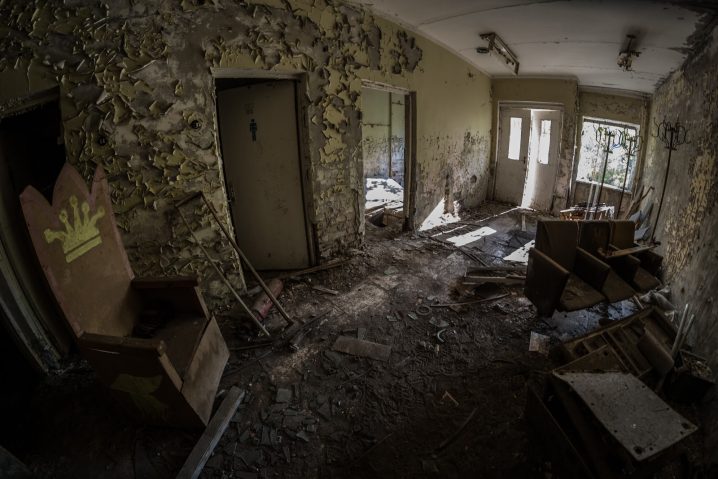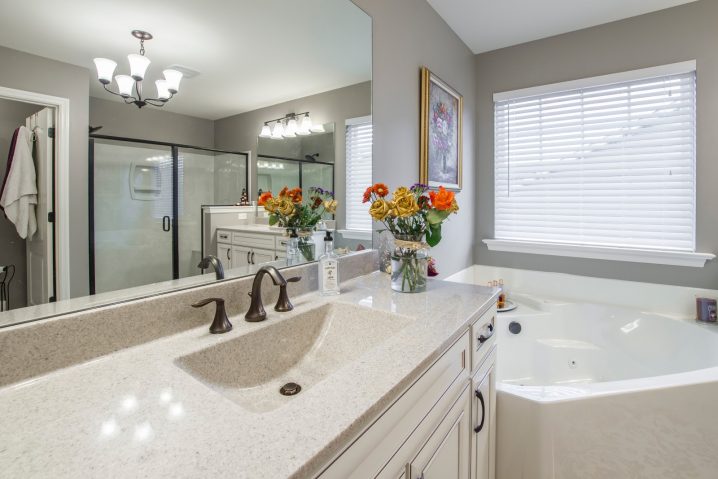Did you know that of the 21.8 million people who have reported they have asthma, approximately 4.6 cases are attributed to mould exposure in the home? Unfortunately, there are many people who may have such a problem in their home and not even realize it.
If you are concerned that it may be a problem in your home, the best thing you can do is get to know the signs of a problem. If you determine that, yes, mould is present, don’t wait to take action. Mould removal services can help ensure your home is mould free once again.
However, before you can have any cleaning and repairs done, you need to be confident there’s actually a problem present. Keep reading to learn about the top signs of having this problem in your home.

1. The Chimney Smells Weird
While modern chimneys are designed to help prevent significant issues, older ones can still pose a problem when it comes to mould. Even though cleaning the chimney is going to remove the creosote, which is dangerous, it may not eliminate all the moisture that’s accumulated in the porous mortar and bricks of your chimney.
If this happens, then mould may begin to thrive. If you ever start to smell a “funky” odour from your chimney, then it may be a sign that it has started to develop. At this point, calling for help is a must.
2. Your Allergy and/or Asthma Symptoms Have Gotten More Severe
Many people (you included) may have an allergic reaction to it. The symptoms of this reaction include things like nasal congestion, coughing, and watery eyes. Unfortunately, these symptoms are common to other allergens, sinuses, and even the common cold, so many people don’t even think that mould could be the culprit.
If you are unsure, it’s best to consult with the pros. They can determine for sure if mould is the problem and if your house needs to be treated.
3. Your Skin is Tingling
If you are one of the millions of people who are allergic to mycotoxins, you are going to experience burning, itching, and tingling sensations if you come into contact with the mould in your home. This is a natural reaction that occurs as your body releases histamines.
The result of this can be scaly, itchy, and dry skin. You may even develop hives. If you notice that the condition is persisting, then it’s a good idea to go to an allergist. You also need to consult with a professional to remove the mould in your home.

4. The Paint on Your Walls Has Begun to Bubble
Have you recently noticed that there is paint bubbling on the walls close to a window or in your bathroom? One of the most common reasons that the paint in your home is going to start bubbling is because of moisture. If there is moisture, then it’s safe to bet there is also mould.
This is a problem that you aren’t going to be able to get rid of or hide with a new coat of paint. To get rid of the problem, you have to find the underlying source of the moisture. It could be the result of excessive humidity in the space, a windowsill that is leaky, or even plumbing that is leaking.
When it comes to mould, you can’t afford to take chances. Not only is it going to impact the structural integrity of your home, but it can also impact your health, and the health of your family and loved ones. Treating it in a timely manner is the best way to ensure that mould does not have a significant impact on your home or life.



